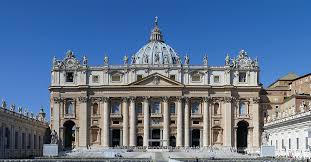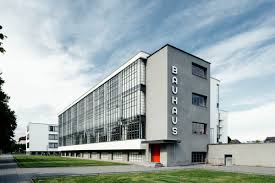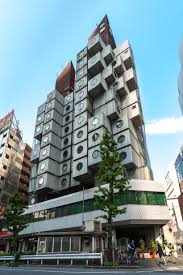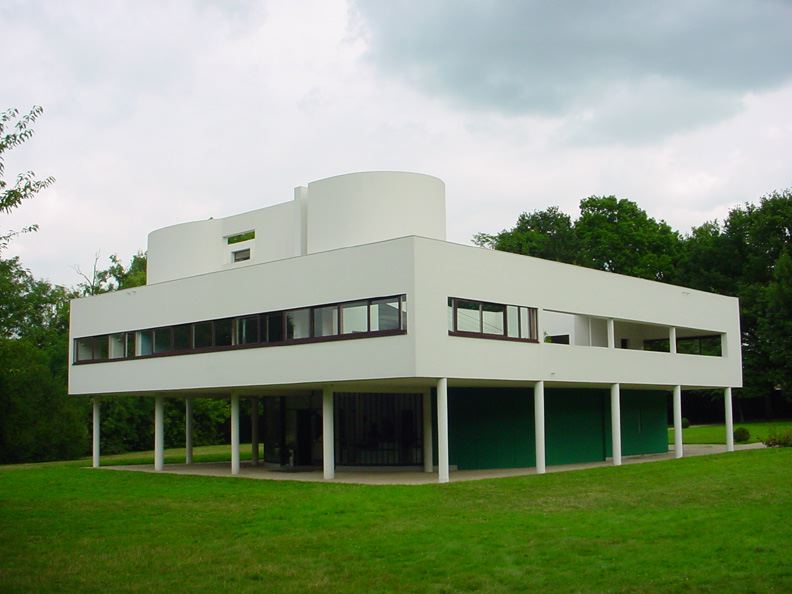Architectural -Isms
1/47
There's no tags or description
Looks like no tags are added yet.
Name | Mastery | Learn | Test | Matching | Spaced |
|---|
No study sessions yet.
48 Terms
Prehistoric
Architectural style from ancient Egypt characterized by monumental structures like pyramids and temples.
Mesohistoric
Early civilizations' architecture including ziggurats and stepped pyramids.
Classical
Architecture emphasizing columns, symmetry, and proportion from ancient Greece and Rome.
Byzantine
Style featuring domes, mosaics, and ornate decoration from the Eastern Roman Empire.
Romanesque
Medieval style with thick walls, rounded arches, and sturdy piers.
Gothic
Characterized by pointed arches, ribbed vaults, flying buttresses, and large stained glass windows.
Renaissance
Revival of classical architecture with emphasis on symmetry, geometry, and proportion.
St. Peter Basilica
example of renaissance structure

Baroque
Dramatic, elaborate style with bold forms, ornamentation, and contrast.
Rococo
Light, decorative, and ornate style with pastel colors and intricate details.
Neoclassicism
Return to classical simplicity and grandeur inspired by ancient Greece and Rome.
Art Nouveau
Organic, flowing lines and natural forms in architecture and design.
Beaux Arts
Grand and formal style combining classical architecture with elaborate decoration.
Neo-Gothic
Revival of Gothic architectural elements in modern times.
Art Deco
Stylized, geometric forms and rich materials popular in the early 20th century.
Modernist
Emphasis on function, simplicity, and new materials and techniques.
Art Moderne
Streamlined, curving forms and horizontal lines variant of Modernism.
Bauhaus
Functional, minimalistic design combining art and industrial techniques.
Deconstructivism
Fragmented, non-linear forms that challenge traditional architectural conventions.
Formalism
Focus on form and aesthetics over function.
Structuralism
Architecture reflecting underlying social structures.
Postmodernism
Eclectic style combining historical references with modern elements.
Revivalist
Styles that revive and reinterpret past architectural traditions.
Expressionist
Dramatic, emotional architecture often with unusual shapes.
De Stijl
Abstract, geometric style using primary colors and straight lines.
Social Housing
Architecture focused on affordable, functional living spaces.
Totalitarian
Monumental, imposing architecture reflecting authoritarian regimes.
High-tech
Use of advanced technology and industrial materials in building design.
Blobitecture
Organic, blob-like shapes in architecture.
Brutalism
Raw concrete and massive forms emphasizing structural elements.
International Modernism
Functionalist, rational architecture promoting social progress.
Constructivism
Soviet avant-garde style emphasizing industrial materials and geometric forms.
Functionalism
Design based purely on function and utility.
Defunctionalism
Reaction against functionalism, emphasizing aesthetics or symbolism.
Eclecticism
Mixing various historical styles and elements.
Futurism
Dynamic, forward-looking architecture inspired by speed and technology.
Metabolism
Japanese architectural movement focusing on adaptable, organic growth.
Monumentalism
Large-scale, imposing architecture often for public or political purposes.
National Romanticism
Style emphasizing national identity and traditional forms.
Neoplasticism
Abstract geometric style focusing on vertical and horizontal lines.
Organism
Architecture inspired by natural forms and systems.
Post-metabolism
Evolution of Metabolism with more flexible and diverse forms.
Radicalism
Experimental, avant-garde architectural approaches.
Utilitarianism
Architecture focused on practical, efficient use of space.
Einstein Tower
example of early modern structure

Bauhaus
example of modernism structure

nakagin capsule tower
example of beyond modernism structure

Villa sovoye - Le Corbusier
what is the name of the building and who is the architect
